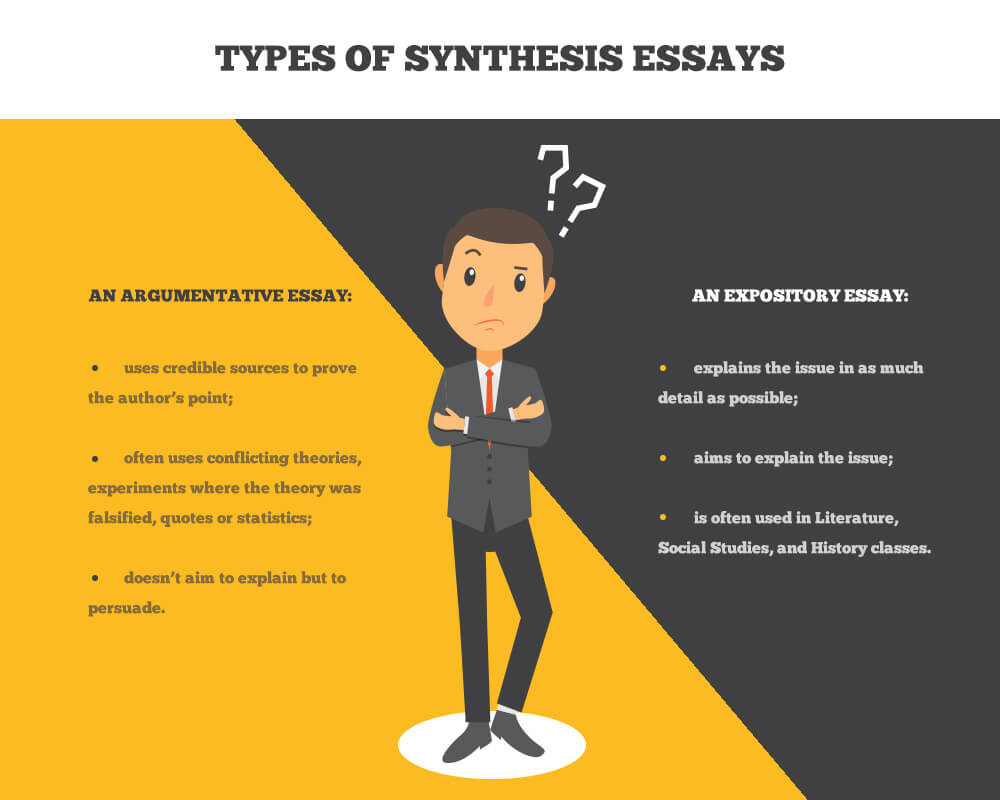
Chapter Review Review Checklist: Misplaced and Dangling Modifiers
Naomi S. Baron, “The Case Against E-Readers: Why Reading Paper Books Is Better For Your Mind”
ARGUMENT IN ACTION: BEN CARSON, “VACCINATIONS ARE FOR THE GOOD OF THE NATION”Review Checklist: Patterns of Essay Development
Paired Items ■ Items in a Series ■ Items in a List or in an Outline
Popular items with this book

CAUSE AND EFFECT IN ACTION: KATHLEEN E. BACHYNSKI AND DANIEL S. GOLDBERG, “FACING THE CONCUSSION RISKS OF YOUTH FOOTBALL”
EXEMPLIFICATION IN ACTION: FARHAD MANJOO, “NO I DO NOT WANT TO PET YOUR DOG”
Beginning with a Narrative ■ Beginning with a Question (or a Series of Questions) ■ Beginning with a Definition ■ Beginning with a Quotation ■ Beginning with a Surprising Statement
6b Case Study: A Student Writes a Process Paragraph TESTing a Process Paragraph

Describe a person. Select the person who you know well. In this case, you will not experience a lack of information. It can be somebody from your family, friends or relatives. You may also select any celebrity who shares a personal life on social media platforms so that you know many details. Spiderman or any other superhero will also be a nice option as you have both non-academic and academic perspectives. For example:
- A news story that introduces a summary of a particular event or data about the place where it was.
- A paper about politics, climate change, etc.
- How loss changed me
- Love and passion – must they go together?
Here are a few topics that better suit a formal approach to a descriptive essay:
Personal Description
How do you start a descriptive essay? The answer is simple. You need to start with selecting a good topic. Luckily, there is a wide choice of nice ideas. Look at a few ones that will help you start easier.
- Hook sentence: the paper must include some vivid details so that to grab the reader’s attention, setting the appropriate mood.
- Background details: some context will explain to the audience what you are going to talk about and why you have chosen exactly this idea.
- Thesis statement: this part must summarize all your work and present it in a short form. Include the description subject and your purpose to talk about it.
This approach is the best option in case you want to describe your own experience. As a result, the readers will get special feelings and empathy. You risk making your assignment disorganized. It is recommended to choose the aspects that can impact your target readers most of all. What is an example of a descriptive essay? Look here:

MyWritingLab is an online homework, tutorial, and assessment program designed to work with this text to engage students and improve results. Within its structured environment, students practice what they learn, test their understanding, and pursue a personalized study plan that helps them better absorb course material and understand difficult concepts. In addition to the full eText, activities directly from the text are available within MyWritingLab. These include the written assignments, readings from the text, review exercises and more.В
Writing for Life: Paragraphs and Essays is part of a two-book series that helps students understand the importance of strong writing skills and motivates them to become better writers. Students are encouraged to take charge of their own learning, and to transfer the strategies they currently apply to reading visuals to reading and writing text. The Fourth Edition offers high-interest topics, meaningful visuals, clear learning objectives, a wealth of examples, and ample opportunities for students to practice applying new concepts to their own writing skills.В В В
- Grammar exercises have been expandedВ atВ reviewers' В requests toВ offer more problems per exercise–providing students with the practice they need to master each skill. The exercises for punctuation and mechanics now appear in MyWritingLab for easy student access and completion.В
- The grammar chapters have been reorganized to move students from basic sentence-level concerns to issues of style. This new, more-natural progression makes content both easier to find and easier to assign in sequence.
MyWritingLab is an online homework, tutorial, and assessment program designed to work with this text to engage students and improve results. Within its structured environment, students practice what they learn, test their understanding, and pursue a personalized study plan that helps them better absorb course material and understand difficult concepts. In addition to the full eText, activities directly from the text are available within MyWritingLab. These include the written assignments, readings from the text, review exercises and more.В
If You're a Student
- Seven new readings have been added to Part 8, including “Niagara Falls by Rupert Brooke, “Managing Stress in College” by Rebecca J. Donatelle, “The Fundamentals of Forgiveness” by D. J. Henry, “Cool at 13, Adrift at 23” by Jan Hoffman, “Nobel Peace Prize Lecture, 2014” by Malala Yousafazai, “Hungry vs. Healthy: The School Lunch Controversy” by Bonnie Taub-Dix, and “Can Virtual Classroom Beat Face-to-Face Interaction?” by Libby Page.
- Three student writers contributed paragraphs to illustrate the patterns of organization.
- The book's revolutionary design has been tweaked to appear more sophisticated where appropriate and easier to digest at a glance.
K-12 educators : This link is for individuals purchasing with credit cards or PayPal only. Contact your Savvas Learning Company Account General Manager for purchase options.

To synthesize your paper means to form a new perspective on an issue by placing extracts from sources next to each other.
There are mainly two types of synthesis essays – expository and argumentative.
- Restate the thesis statement. Remind the readers what the main point of your synthesis essay was. It is always a good idea to help them remember it.
- Mention the evidence. You used various sources to support your thesis statement in a synthesis essay. And a conclusion is the perfect time and place to remind of them. Don’t take too long though. Just briefly go over each one of them. If someone forgot something and needs a more vivid reminder, they can go back to a particular place in your article and read it.
- Call to action. This might not be applicable all the time. However, if you are trying to persuade the audience in something, you should definitely make sure that use your chance now to encourage them to take measures after finishing your synthesis essay.
An excellent way to structure the body paragraphs is in applying the MEAL acronym – Main Idea, Evidence and Analysis and Link Back.
Different Types of Synthesis Essays

So, if you are wondering how to write a good synthesis essay, we’ve got your back!
Nevertheless, bear in mind that the title has to be interesting. It should specify the problem and intrigue the audience. They need to want to keep reading your synthesis essay and to dig a little deeper into your exciting subject. In other words, grab their attention from the start and keep them on the hook!
And unless you lived under a rock you know that the best way to draw connections and threads together is by using some visual aid or tool. This can save you hours of work and take your synthesis essay to a new level.

Step 1: Picking a topic. When picking what you should discuss in your persuasive essay, focus on some controversial issues and questions that have some potential for debating. For example, you might focus your work on questions like: “Is modern music better composed compared to the music of the 60s and 70s?” or “Should parents punish their children?” Of course, it’s better to pick the topic that you are interested in as it will make the process of writing easier.
Step 3: Picking a side. Decide what you are going to persuade your readers. Think of what your opinion on the issue is and how you can prove your point of view with evidence.
- Using comparison and analogy
- Drawing hypothetical situations
- Mentioning your life experience
- Appealing to reader’s emotions
- Appealing to facts, statistics, and various data
- Using quotes and sayings
It’s great to stick to a basic structure of each paragraph that will consist of:
What Is a Persuasive Essay?
Step 6: Editing and polishing. The final step is to proofread and edit your essay. Make sure you check your work for grammar and punctuation, as well as the overall style and flow.
- Introduce the question that is discussed in the work.
- Briefly introduce different sides that one can take when discussing the chosen topic. It doesn’t mean that the sides must be completely polar. But there should be some room for an argumentative discussion.
- Clearly state your own opinion on the question. Be careful when choosing words – your statement should leave no space for question on what side you take in the debate. Don’t use words like ‘however,’ ‘depending,’ etc. Your point of view on the topic should be clear and firm.
The introduction chapter of your essay is one that should prepare your reader for the following information, provide some basic background information on the topic, and include the main idea – your thesis statement that shows your point of view. Here are a few things that you should pay attention to when writing an introduction to your persuasive essay:
